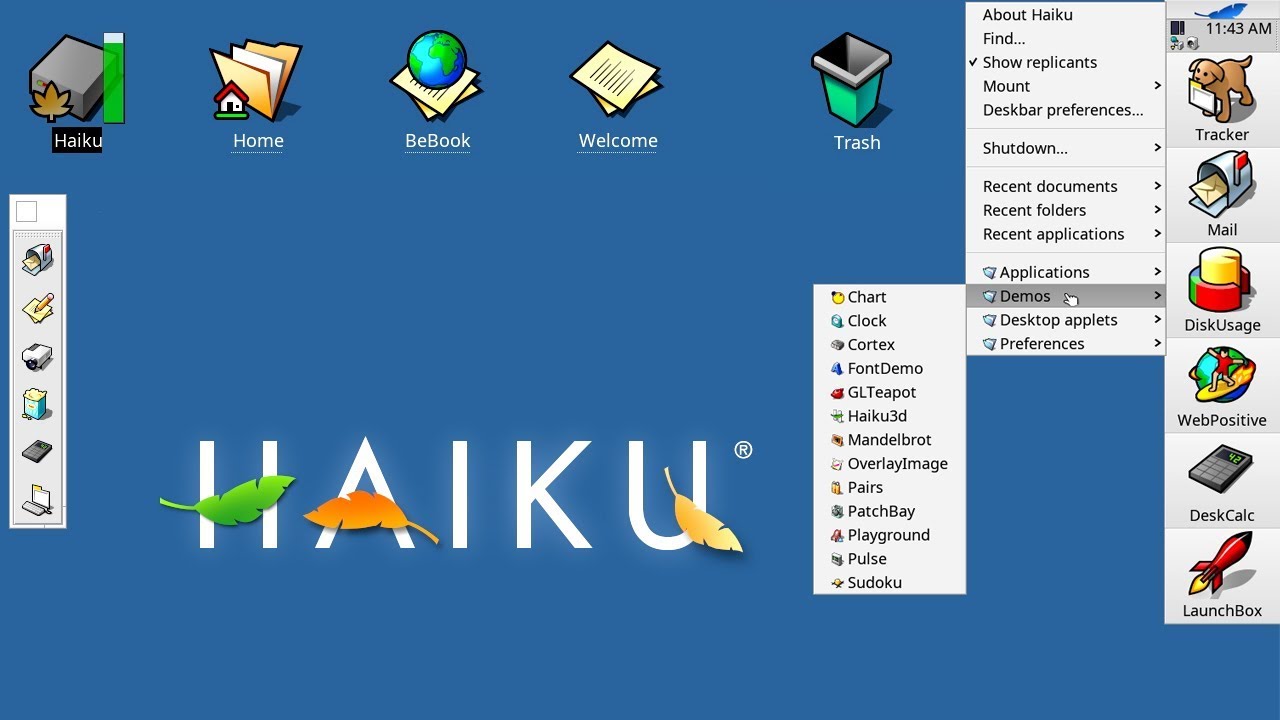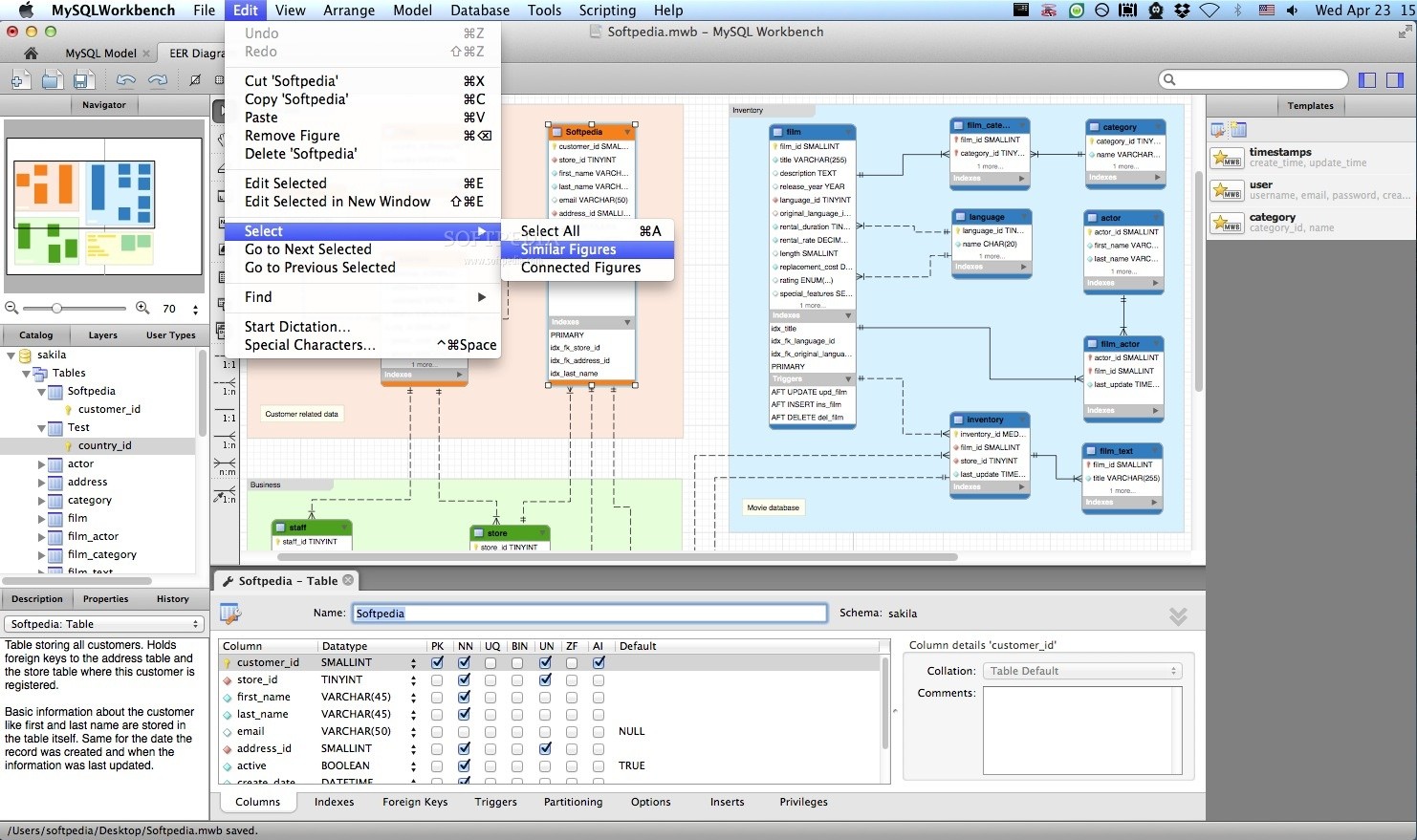The 1990s represented Nintendo’s most experimental era, filled with ambitious projects that never saw the light of day and technological leaps that shaped gaming forever. 🎮
The Dawn of Nintendo’s Most Audacious Decade
When the 1990s rolled around, Nintendo stood at a crossroads. Having dominated the 8-bit era with the NES and preparing to launch the Super Nintendo Entertainment System, the company was simultaneously cooking up dozens of projects behind closed doors. Some would become legendary successes, while others would vanish into development limbo, leaving only whispers and prototype cartridges as evidence of their existence.
The Japanese gaming giant’s research and development teams were operating at full capacity, exploring virtual reality, online connectivity, CD-ROM technology, and gameplay concepts that would seem radical even by today’s standards. These hidden projects reveal a company willing to take enormous risks, push technological boundaries, and occasionally fail spectacularly in pursuit of innovation.
Virtual Boy: The Commercial Failure That Taught Valuable Lessons
While not exactly a hidden gem since it actually launched in 1995, the Virtual Boy represents Nintendo’s boldest and most misunderstood 1990s venture. Designed by the legendary Gunpei Yokoi, this red-and-black monochromatic 3D system promised to revolutionize gaming through stereoscopic visuals.
What many don’t realize is that the Virtual Boy we received was a compromised version of a much more ambitious project. Original plans called for full-color displays, head-tracking technology, and a portable design that players could wear comfortably. Budget constraints, technical limitations, and Nintendo’s insistence on a 1995 launch date forced significant compromises.
The system sold fewer than 800,000 units worldwide and was discontinued within a year, but its legacy lives on. Games like “Wario Land VB” and “Virtual Boy Wario Land” showcased innovative 3D platforming mechanics that wouldn’t be fully explored until decades later. The technology directly influenced Nintendo’s eventual success with the 3DS handheld system.
The Virtual Boy Games That Deserved Better
Several Virtual Boy titles demonstrated genuine creativity despite the platform’s commercial failure. “Teleroboxer” offered first-person boxing gameplay that predated the VR sports boom by twenty years. “Red Alarm” presented vector-graphics space combat that pushed the hardware to its limits. “Jack Bros.” became an incredibly rare collector’s item, representing the first Shin Megami Tensei game released in North America.
Project Reality: The Ultra 64 That Almost Was
Before the Nintendo 64 became a household name, it existed as “Project Reality” and later the “Ultra 64.” This collaboration between Nintendo and Silicon Graphics promised arcade-quality 3D graphics in home consoles, and the development process spawned numerous fascinating prototypes and canceled projects.
The system’s development kits reached developers as early as 1993, years before the 1996 consumer launch. During this extended gestation period, dozens of games entered production, many of which would never see completion. Some evolved into different projects, while others disappeared entirely when developers couldn’t master the console’s complex architecture.
The 64DD: Nintendo’s Disk Drive Dream
Perhaps no 1990s Nintendo project better exemplifies the company’s ambitious vision than the 64DD (Disk Drive). This peripheral for the Nintendo 64 used proprietary magnetic disks to provide rewritable storage, internet connectivity, and expanded game content. First announced in 1995 and not released until 1999 (and only in Japan), the 64DD was simultaneously ahead of its time and already obsolete upon arrival.
The peripheral enabled fascinating concepts: games that evolved based on player choices, downloadable content before broadband internet became standard, and creative tools that turned the N64 into a multimedia station. “Mario Artist” suite of applications let users create 3D models, animations, and even polygonal movies with the console.
Only ten 64DD games were ever released commercially, but development materials reveal at least thirty additional titles in various stages of completion. Projects like “Mother 3,” “Fire Emblem 64,” and “Earthbound 64” were all initially planned for the peripheral before being canceled or drastically reimagined for other platforms.
The Lost Zelda Experiences 🗡️
The Legend of Zelda franchise saw remarkable evolution during the 1990s, but not every project reached players’ hands. Between the 1991 release of “A Link to the Past” and 1998’s “Ocarina of Time,” Nintendo experimented with multiple Zelda concepts that never materialized.
The Zelda Games That Vanished
Documentation from Nintendo’s archives reveals several abandoned Zelda projects. A direct sequel to “Link’s Awakening” entered pre-production for the original Game Boy before being shelved. A Virtual Boy Zelda game was conceptualized but never progressed beyond early planning stages. Most intriguingly, a multiplayer-focused Zelda experience for the ill-fated Satellaview satellite service in Japan offered episodic adventures that are now nearly lost to time.
The “BS Zelda” games released through Satellaview between 1995 and 1997 presented unique content with voice acting, orchestral soundtracks, and time-limited gameplay sessions. These games were broadcast directly to players’ Super Famicom systems equipped with special satellite receivers, making them fundamentally ephemeral experiences. Today, dedicated preservationists have recovered ROM data from these broadcasts, allowing modern players to experience what was nearly lost forever.
Star Fox’s Cancelled Adventures
After “Star Fox” revolutionized console 3D graphics in 1993 with the Super FX chip, Nintendo explored multiple directions for the franchise. While “Star Fox 64” became a massive success, several other projects fell by the wayside.
“Star Fox 2” represents perhaps the most famous canceled Nintendo game that eventually saw official release—but not until 2017, over two decades after its completion. Fully finished in 1995 and planned for release in 1996, the game was shelved to avoid competing with the impending Nintendo 64 launch and to prevent the Super Nintendo from appearing outdated with new releases.
The game introduced revolutionary concepts including free-roaming space combat, real-time strategy elements, multiple playable characters, and transforming Arwing fighters. When Nintendo finally released it on the Super NES Classic Edition in 2017, players discovered a remarkably polished and innovative title that had aged beautifully.
The Star Fox Projects That Stayed Buried
Beyond “Star Fox 2,” the franchise had other near-misses. Early Nintendo 64 prototypes showed a dramatically different vision for what would become “Star Fox 64,” featuring more extensive on-foot segments and gameplay mechanics closer to traditional action-adventure titles. These concepts wouldn’t be fully explored until “Star Fox Adventures” on GameCube.
The Satellite Gaming Revolution That Japan Experienced
While Western audiences remained largely unaware, Japanese gamers in the mid-1990s experienced a gaming revolution through the Satellaview service. This satellite-based broadcast system for the Super Famicom delivered games, magazines, and interactive content directly to subscribers’ consoles between 1995 and 2000.
Nintendo created exclusive content for this service, including original games, remakes with enhanced features, and episodic adventures featuring beloved characters. The time-sensitive nature of these broadcasts—many were only available during specific windows and couldn’t be replayed—makes them among gaming’s rarest experiences.
Titles like “Radical Dreamers,” a visual novel sequel to “Chrono Trigger,” premiered exclusively on Satellaview and remained unavailable through any other medium for decades. The service showcased Nintendo’s early experiments with digital distribution, downloadable content, and live service gaming—concepts that wouldn’t become industry standard until the 2000s.
When Nintendo Almost Partnered With Sony 💿
One of the most consequential “what if” scenarios in gaming history revolves around Nintendo’s abandoned partnership with Sony to create a CD-ROM add-on for the Super Nintendo. This collaboration, announced at CES 1991, would have created the “Nintendo PlayStation”—a hybrid console capable of playing both Super Nintendo cartridges and CD-ROM games.
Behind-the-scenes contract disputes over software licensing led Nintendo to publicly announce a partnership with Philips instead, blindsiding Sony at the 1991 CES. This corporate betrayal directly motivated Sony to develop its own console, ultimately creating Nintendo’s most formidable competitor.
Prototype units of the Nintendo PlayStation survived and occasionally surface at auctions, selling for hundreds of thousands of dollars. Meanwhile, the Philips partnership produced the notorious CD-i console with officially licensed but poorly received Mario and Zelda games that Nintendo prefers to forget.
The Advanced Projects That Shaped Future Hardware
Nintendo’s 1990s research extended far beyond commercial products. The company filed numerous patents and developed prototype technologies that wouldn’t see implementation until years or decades later.
Early Motion Control Experiments
Long before the Wii revolutionized gaming with motion controls in 2006, Nintendo experimented with similar concepts throughout the 1990s. Patent filings from 1994 show designs for motion-sensing controllers, while internal prototypes tested accelerometer-based gameplay mechanics.
The company’s R&D teams also explored pressure-sensitive buttons, touch-screen controls, and haptic feedback systems during this era. Many of these concepts seemed too expensive or technologically premature for 1990s implementation but directly informed Nintendo’s hardware design philosophy for decades.
The Pokémon Phenomenon’s Hidden Origins
While Pokémon exploded into global consciousness in the late 1990s, the franchise’s development history reveals a nearly canceled project that barely survived multiple crises. Game Freak spent six years developing the original “Pokémon Red and Green,” frequently running out of money and working without contracts or guarantees.
Early Pokémon designs differed dramatically from final versions, with prototype sprites showing vastly different interpretations of now-iconic characters. The games were developed primarily for the original Game Boy despite that system being considered obsolete by 1996, a decision that almost prevented the project from receiving approval.
Beta versions featured 190 Pokémon rather than the final 151, with dozens of creatures being cut, redesigned, or held back for future generations. Leaked development materials from the 1990s reveal fascinating “missing link” Pokémon that bridge the gap between early concepts and final designs.
Treasure Hunting in Development Archives 🔍
Modern preservation efforts have uncovered remarkable materials from Nintendo’s 1990s development process. The 2020 “Nintendo Gigaleak”—a massive breach that released decades of internal development files—provided unprecedented insight into canceled projects, prototype code, and the creative process behind beloved games.
These leaks revealed early versions of games that differed substantially from released products. “Super Mario 64” prototypes showed scrapped power-ups, unused levels, and gameplay mechanics that were ultimately cut. “The Legend of Zelda: Ocarina of Time” development files included a complete first-person combat system and dungeons that never made the final game.
What the Archives Teach Us
Beyond satisfying curiosity, these development materials reveal Nintendo’s iterative creative process. Features weren’t typically canceled because they were bad ideas but because they didn’t serve the overall game design vision, ran into technical limitations, or simply didn’t test well with focus groups.
The archives also confirm long-standing rumors while debunking others. Yes, there was a “Luigi” in “Super Mario 64” code. No, “Mew” in Pokémon wasn’t originally meant to be obtainable—it was added as a debug tool weeks before the game shipped and inadvertently became discoverable.
The Educational and Lifestyle Software Nobody Remembers
Nintendo’s 1990s portfolio extended beyond entertainment into educational and lifestyle software that few remember today. In Japan particularly, Nintendo released learning software, productivity tools, and even fitness programs.
The “Mario Teaches Typing” series brought Nintendo characters into educational contexts, while more obscure titles like “Mario Paint” for SNES blended creativity with gaming. The latter became a cult classic, with musicians still using its sound creation tools decades later to compose “Mario Paint Composer” tracks shared across the internet.
Japan received even more experimental software, including home design programs, tax calculation software, and health management tools—all bearing Nintendo’s seal of quality despite having nothing to do with traditional gaming.
Learning From Buried Treasures
Nintendo’s 1990s experiments, both successful and failed, established principles that guide the company today. The willingness to risk commercial failure in pursuit of innovation, the importance of gameplay over graphics, and the value of iterative design all emerged from this experimental decade.
Projects that seemed like failures often contained seeds of future success. The Virtual Boy’s commercial disaster taught Nintendo valuable lessons about 3D gaming, portable technology limitations, and the importance of comfort in hardware design—lessons that directly improved subsequent handhelds. The 64DD’s connectivity features anticipated Nintendo’s eventual online services, even if the execution arrived too early.
Even canceled projects contributed to Nintendo’s evolution. Abandoned gameplay concepts frequently resurfaced in later titles, refined and improved. Technologies developed but not implemented often appeared years later when manufacturing costs decreased or market conditions changed.
The Enduring Legacy of Nintendo’s Hidden 1990s Work
Today’s Nintendo Switch exists because 1990s developers dared to experiment with portable-home hybrid concepts, motion controls, touch screens, and online connectivity. Modern Zelda games incorporate ideas first tested in canceled 64DD projects. The company’s entire approach to hardware innovation stems from lessons learned through both 1990s triumphs and failures.
For gaming historians and enthusiasts, these hidden gems represent more than canceled projects or abandoned hardware. They’re windows into the creative process, evidence of risks taken and lessons learned. They remind us that innovation requires experimentation, and not every experiment succeeds—but even failures teach valuable lessons.
The 1990s vault still contains mysteries. Prototypes remain in private collections, development documents sit unseen in Nintendo’s archives, and former employees occasionally share memories of projects never publicly acknowledged. Each revelation adds another piece to the puzzle, helping us understand how one company shaped interactive entertainment’s evolution.
As preservation efforts continue and more materials surface, our understanding of Nintendo’s 1990s grows richer. These hidden gems—whether fully playable prototypes, abandoned concepts, or fascinating might-have-beens—collectively represent a decade of unprecedented experimentation that laid the foundation for gaming as we know it today. The vault continues yielding its secrets, one discovery at a time. 🎮✨
Toni Santos is a visual historian and creative artisan whose work channels the bold spirit of the steam-powered era—a time when imagination, mechanics, and ambition converged to reshape the modern world. Through richly detailed visual narratives and handcrafted design, Toni celebrates the legacy of steam innovation as both an artistic and technological revolution.
Driven by a passion for mechanical aesthetics, forgotten inventions, and industrial-age ingenuity, Toni reimagines the world of steam through illustrations, tactile artifacts, and storytelling that capture the poetry of pressure, motion, and invention. From piston-driven engines to brass-detailed diagrams, each piece reveals how steam wasn’t just power—it was promise.
With a background in visual design and historical research, Toni brings a craftsman’s eye and a dreamer’s heart to the stories of tinkerers, inventors, and visionaries who shaped the 19th century. His work doesn’t merely document machines—it honors the culture, courage, and creativity that drove a world to reimagine itself through gears, valves, and vapor.
As the creative voice behind Vizovex, Toni shares curated articles, reconstructed blueprints, and visual interpretations that bring this industrial past to life. His collections serve as a tribute to:
The elegance of steam-era design and innovation
The human stories behind great mechanical feats
The aesthetic beauty found in function and form
The echo of invention in today’s creative world
Whether you’re a history lover, a fan of steampunk, or an admirer of antique technology, Toni welcomes you into a world where art and machinery fuse, one cog, one drawing, one rediscovered marvel at a time.





